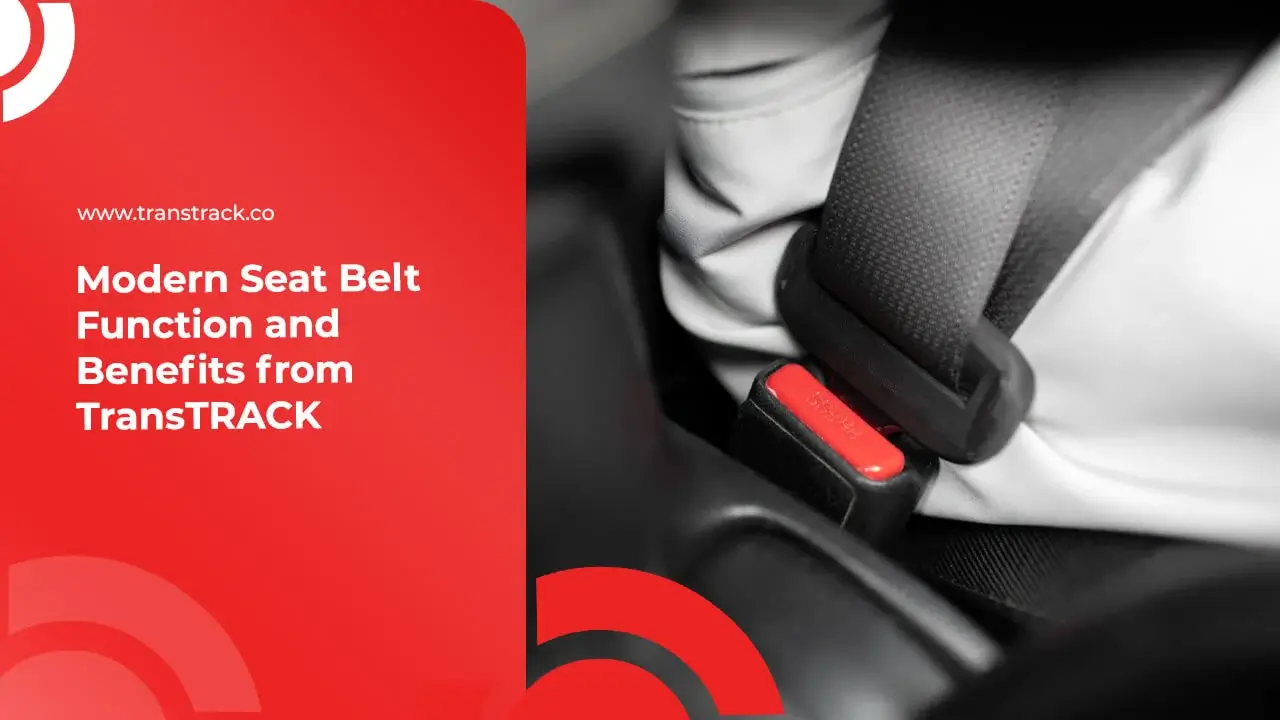Check Out These 9 Ways to Jump Start Your Truck Battery!

Every truck driver has faced the frustrating situation when their truck won’t start due to battery problems. A weak or dead battery can happen at any time, especially if the vehicle is rarely used or there are problems with the charging system. In an emergency like this, understanding how to properly jumper a truck battery becomes an invaluable skill. This article TransTRACK will cover the steps needed to safely and effectively jump start a truck battery, so you can get back on the road without a hitch.
Jump Start Truck Battery
A truck battery jumper is a tool in the form of a thick cable with clamps on both ends, which is used to revive a dead or weak truck battery by connecting it to another working vehicle battery. This process is known as jump-starting. Battery jumper cables have two wires, one red for the positive (+) terminal and one black for the negative (-) terminal, and both come with a clamp that allows for a secure and strong connection to the battery terminals. This tool is essential for truck drivers as it allows them to immediately restart the truck without having to wait for emergency assistance, thus saving time and money. The correct and safe use of battery jumper cables can prevent damage to the battery and the truck’s electrical system and ensure that the vehicle can resume normal operation.
How to Jump Start a Truck Battery When It’s Hard to Start?
Here’s how to jump start a truck battery when it’s hard to start:
Prepare the Jump Start Truck Battery Equipment
Make sure you have the complete equipment before starting the battery jumper process. In addition to jumper cables, also prepare gloves and safety goggles for safety. Gloves will protect your hands from sparks or direct contact with hot metal, while goggles will protect your eyes from sparks or small explosions that may occur.
Use Quality Jumper Cables
Quality jumper cables have good insulation and strong clamps. A thick and adequately long cable is essential as the truck requires a large amount of electric current to start the engine. Thin or short cables may not be able to deliver enough electric current, and low-quality cables may break or melt during use.
Have a battery from another truck that is in good condition
Make sure the battery from the other truck is in good condition and full. A weak battery will not be able to provide enough power to start a stalled truck. If possible, check the battery voltage with a voltmeter. A healthy battery usually has a voltage of around 12.6 volts or more when not in use.
Move a truck with a good battery closer to a truck that has broken down
Park a working truck with a healthy battery as close to the broken down truck as possible without touching. This will ensure the jumper cables are long enough to reach both batteries. Turn off the engine and apply the parking brake on both trucks to prevent unwanted movement.
Connect Both Truck Battery Poles
Follow the following sequence to connect the jumper cables safely:
- Red Wire (Positive +):
- Attach one red clamp to the positive (+) terminal on the crashed truck battery.
- Attach the other red clamp to the positive (+) terminal on the healthy truck battery.
- Black Wire (Negative -):
- Attach one black clamp to the negative (-) terminal on a healthy truck battery.
- Attach the other black clamp to an unpainted metal part on the crashed truck, away from the battery and carburetor. This metal part could be a bolt or part of the engine frame.
Connecting the black clamp to the metal on a stalled vehicle reduces the risk of sparks that can occur if the hydrogen gas around the battery ignites.
Wait for the battery to charge properly
Once all the clamps are properly installed, start the engine of the truck that has the healthy battery and let it run for a few minutes. This allows the dead battery to get a charge from the healthy battery. In this process, the healthy truck alternator also helps charge the weak battery.
Start the Engine of the Truck that Won’t Start
After a few minutes, try starting the engine of the stalled truck. If the engine doesn’t start, leave it for a few more minutes or check the jumper cable connections to make sure everything is in place. Make sure there are no loose clamps or bad contacts. If after a few tries the engine still does not start, the truck battery may be too weak or there is another problem with the truck’s electrical system.
Ending the Jumper Process
Once the truck has successfully started, disconnect the jumper cables in reverse order:
- Remove the black clamp from the metal on the stalled truck.
- Remove the black clamp from the negative (-) terminal on a healthy truck battery.
- Disconnect the red clamp from the positive (+) terminal on a healthy truck battery.
- Disconnect the red clamp from the positive (+) terminal on a crashed truck battery.
Let the Truck Run
Let the truck run for at least 20 minutes or take it for a drive to ensure that the battery is fully charged by the alternator. This will help restore power to the battery and ensure that the truck will not experience the same problem in the near future.
Safety Tips
- Avoid touching the jumper clamps to each other while the cables are attached.
- Ensure that the clamp connections are firm and not loose.
- Do not use jumper cables that are damaged or have cracked insulation.
By following these steps, you can ensure that the truck battery jumper process is done safely and effectively.
Performing a jump start truck battery correctly is essential to ensure that your vehicle can return to service without any problems. By following the steps described, you can restart your truck safely and efficiently, and prevent damage to your vehicle’s electrical system.
However, to maintain the battery’s performance and the overall health of your truck, the use of a reliable vehicle maintenance system is highly recommended. Vehicle Maintenance System from TransTRACK is the perfect solution to monitor the condition of the battery and other critical components in real-time. With TransTRACK, you can:
- Receive early warning notifications about low battery conditions or other electrical issues.
- Track your vehicle’s maintenance and repair history.
- Set a regular maintenance schedule to prevent sudden breakdowns.
Don’t let battery problems interfere with your operational activities. Contact TransTRACK today and improve the efficiency of your vehicle maintenance with the latest technology!
Topic





